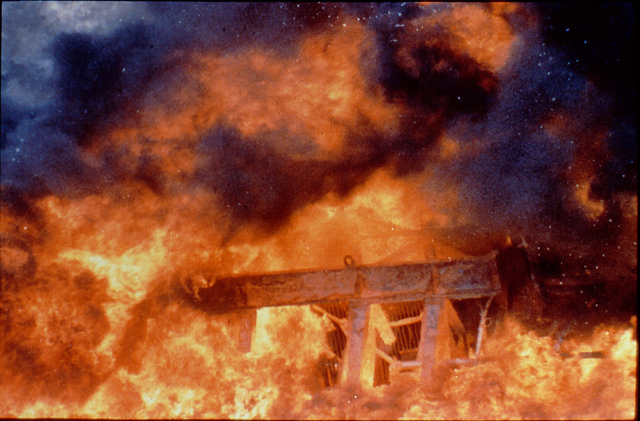It’s been said that a picture is worth a thousand words. If so, the NRC provides over one million words via its online photos on flickr. The NRC has organized its photos into nearly four dozens sets. While some images are duplicated in more than one set, there are sit lots of photographs in the collection.
For example, the security set shows security officers, security weapons, and diagrams of the security access areas for nuclear power plants.
The InfoGraphics set has numerous maps, figures, and charts showing locations of nuclear facilities, volumes of NRC work products, and data like the number of nuclear plant emergencies declared in 2012.
The Radioactive Waste set shows dry casks for storing spent fuel, testing conducted for shipping casks, and the underground tunnels built at Yucca Mountain to apparently show where not to store spent fuel.
The NRC Senior Management set has official portraits of – surprise – NRC senior managers. If you’re going to attend an NRC meeting, you can print out one of the portraits and ask the senior manager to autograph it. Across more than 15 years of dealing with the agency, I have never had an NRC senior manager refuse such a request. [For disclosure, I must admit that I have never made such a request.]
The Inspectors set show NRC’s inspectors at nuclear power reactors and other licensed facilities. These pictures clearly demonstrate that NRC’s oversight is not limited to paperwork reviews but entails considerable and extensive field verifications.
The Former Commission Members set contains official portraits of NRC Chairs and Commissioners dating back to the agency’s inception in 1975. The series of photographs reveals the evolution of the Commission from being mostly aging white men wearing black and blue neckties to being mostly aging white men wearing red ties.
The What We’re Doing set contained merely 12 images on March 25, 2013. While this may imply the agency may not doing much (apparently averaging just one thing a month), the overall collection of photographs clearly demonstrates otherwise.
The Operating Nuclear Reactors set has pictures as well as schematics of most of the nuclear power reactors operating in the US today.
Left-clicking on an individual photograph within a set calls up a larger version. Right-clicking on the larger version of most images allows the user to then select from a range of image sizes, from wallet-size to nearly billboard-sized. The webpage showing the larger version also contains links to the image’s source as well as to addition information.
Few, if any, will view the NRC’s pictures and forget all about Ansel Adams. But many will likely prefer to gain insights about security measures or spent fuel casks from the images than from reading dozens of pages of AFJL (acronym-filled, jargon-laden) reports.

